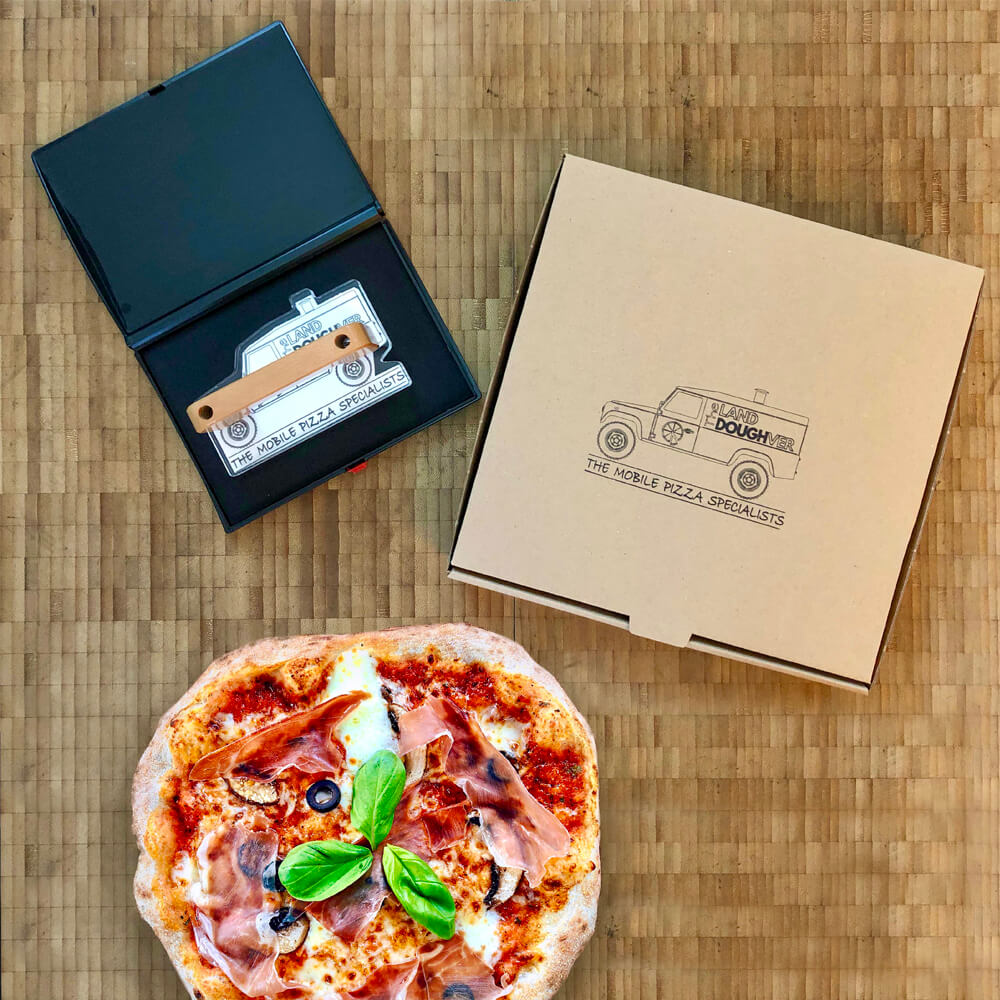The Evolution of Pizza Liners A Culinary Journey
In the ever-evolving world of cuisine, few foods have achieved the universal appeal of pizza. With roots tracing back to ancient civilizations, this beloved dish has morphed into countless variations, reflecting regional flavors and individual preferences. One particularly interesting aspect of pizza culture is the use of pizza liners—those unassuming pieces of cardboard or paper that have become indispensable in the pizza delivery industry. These liners not only serve a functional purpose but have also evolved into a canvas for creativity and marketing.
The Functional Purpose of Pizza Liners
At their core, pizza liners are designed to enhance the pizza experience. They serve multiple roles, primarily acting as a barrier between the pizza and the delivery box. By absorbing grease and moisture, these liners help preserve the integrity of the pizza during transportation. This is crucial, as nothing can ruin a pizza quite like sogginess. A well-designed pizza liner ensures that the crust remains crispy, and the toppings stay intact, making for an enjoyable dining experience.
Beyond their functional value, pizza liners are also essential in maintaining food safety. By preventing direct contact between the pizza and the box, they minimize the risk of contamination, which is particularly important in the age of heightened health awareness. Additionally, they aid in keeping the pizza warm, allowing customers to enjoy their meal at its best temperature.
A Canvas for Creativity and Marketing
While pizza liners initially served solely practical purposes, they have transformed into a platform for creativity and marketing. Many pizza businesses now use pizza liners as a means to convey their brand identity. Custom-printed liners can feature logos, catchy slogans, or even captivating graphics that enhance brand recognition. This strategy not only represents the company's image but also engages customers on a visual level, making their dining experience more memorable.
pizza liners

Moreover, some pizzerias have used pizza liners to spread social messages or promote local events. This creative use of the liners emphasizes community engagement and allows businesses to connect with their customers beyond just food. For instance, a local pizzeria might feature artwork from a local artist on their liners, fostering a sense of community and collaboration.
Innovations in Pizza Liner Technology
As technology has advanced, so too have pizza liner materials and designs. The traditional cardboard liner has evolved, with manufacturers now offering eco-friendly options made from recycled materials or biodegradable substances. This shift reflects a growing awareness of environmental issues and consumer demand for sustainable practices. By utilizing such materials, pizzerias can appeal to eco-conscious customers and differentiate themselves in a competitive market.
In addition to sustainable materials, some innovative pizza liners incorporate functionalities that go beyond mere support. For example, there are liners developed with temperature-insulating properties, which can keep pizzas warm for extended periods. Others feature designs that can be folded into stands or trays, enhancing the way customers serve their pizza at home. Such innovations highlight the versatility of pizza liners and their potential to enhance the overall pizza experience.
Conclusion
From their humble beginnings as simple barriers to thriving innovations in food safety and marketing, pizza liners have come a long way in the pizza delivery world. They encapsulate not just the essence of what makes pizza exciting but also the ingenuity of those who serve it. As pizzerias continue to experiment with designs and materials, the future of pizza liners looks bright, promising continued evolution that will contribute to an even more delightful pizza experience for consumers around the globe. Whether serving as a practical tool or a canvas for creativity, pizza liners are an integral part of our love affair with this timeless dish.



